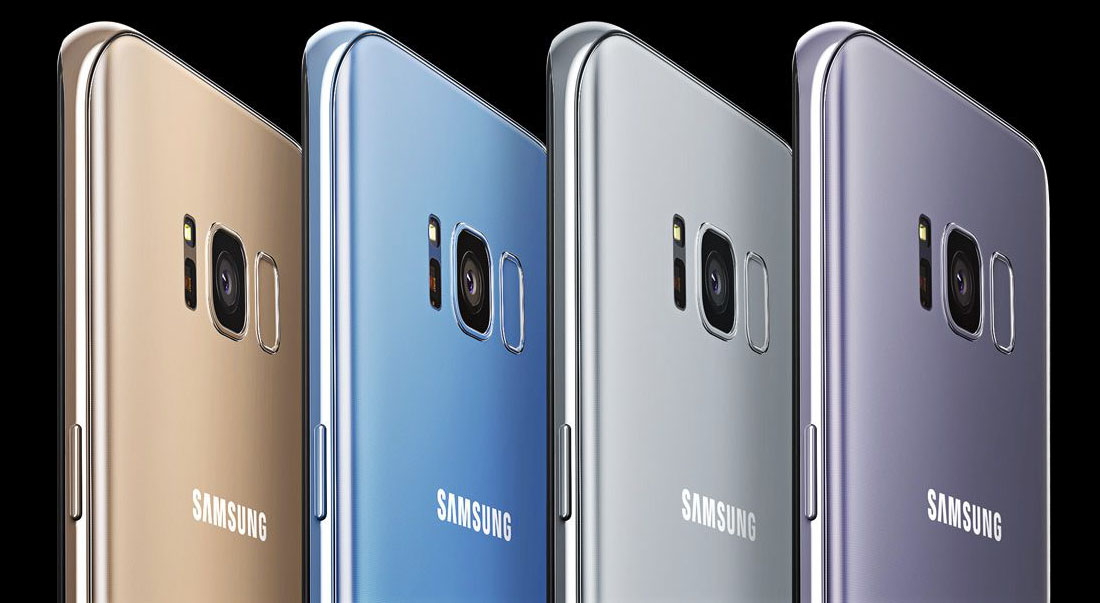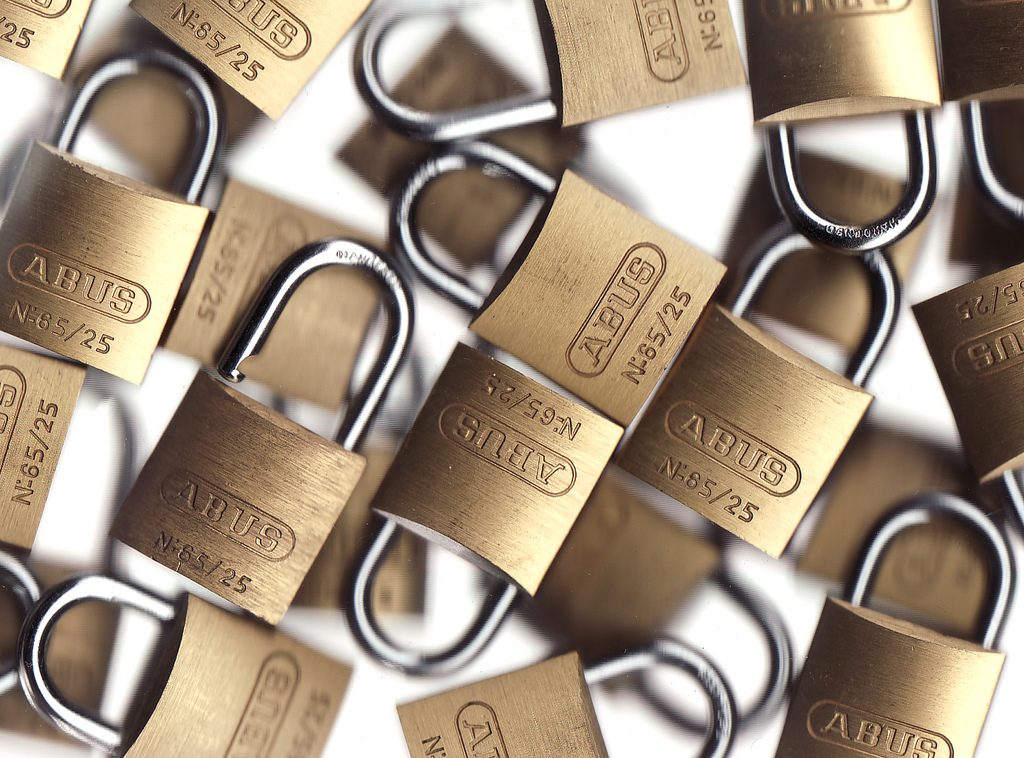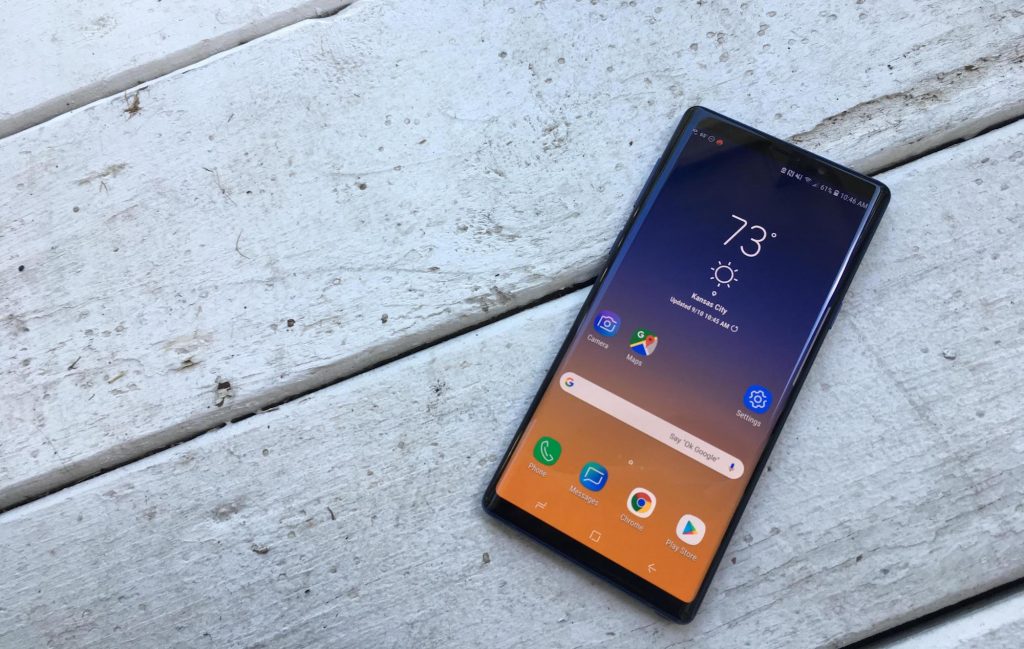I tried out the Samsung Galaxy S8 for about a week and it didn’t take me long to fall for the flagship phone’s speed, display and camera. It’s a great a device. So great, in fact, that I’ve no doubt this phone has the potential to make some iPhone users convert.
The good stuff | The Galaxy S8 is a great-looking phone with an amazing camera. Its battery life, processing abilities and water-resistance are also big pros.
The bad stuff | The S8’s fingerprint reader isn’t very quick and is placed poorly.
The phone (which runs Android 7.0) could end up being a big win for Samsung — and the company could use a win especially after the Galaxy Note 7 fiasco.
Disclaimer: The Samsung Galaxy S8 used for this review was loaned to me by AT&T.
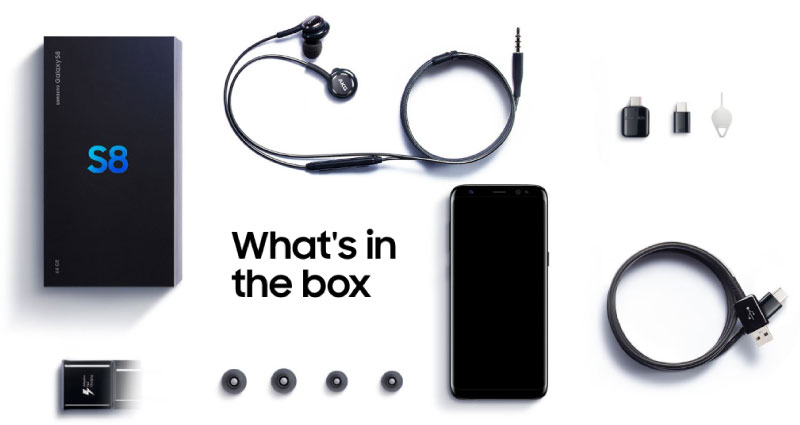
Design
The S8 has a gloriously bright 5.8-inch Quad HD+ Super AMOLED edge-to-edge screen. The S8’s a fairly large phone, though not as big as the 6.2-inch S8+, but still completely comfortable to hold. The phone is made of aluminum alloy and Corning Gorilla Glass 5.
Out of the box, the S8’s screen is set to FHD+ (2220 x 1080 resolution) which helps out with battery life. Changing the handset’s resolution to be QHD+ (2960 x 1440) can be done in the display settings.
Similar to LG’s G6 handset, the S8 has a taller than a normal screen. Its display ratio is 18.5:9. But unlike the G6, the S8 doesn’t require users to use app scaling to make certain apps display correctly. Instead, the S8 will let users decide whether to force apps to use the full screen or stay at the standard size in the display settings.
The bezel-less Galaxy S8 has an 8MP selfie camera and no buttons on its screen. Under the hood there’s a pressure sensor, though, making the standard three Android button icons at the base of the screen usable when they’re needed.
Along the bottom of the phone users will find the headphone jack, a USB-C port, a microphone and speaker. The power button is located on the phone’s right side and the volume buttons and a dedicated Bixby button are on the left. The back side of the S8 houses the main 12MP camera, a heart sensor and the fingerprint reader.
Out of the box, the S8 has 64GB of storage, but that’s expandable up to 256GB via microSD. The S8 also has a 3,000 mAh battery. The larger S8+ has a 3,500 mAh battery.
The Samsung Galaxy S8 is easily one of the best-looking phones I’ve ever seen. But don’t worry, this phone has a whole lot more than just looks.
Side-by-side with Samsung Galaxy S8 (bottom phone) and an iPhone 6s
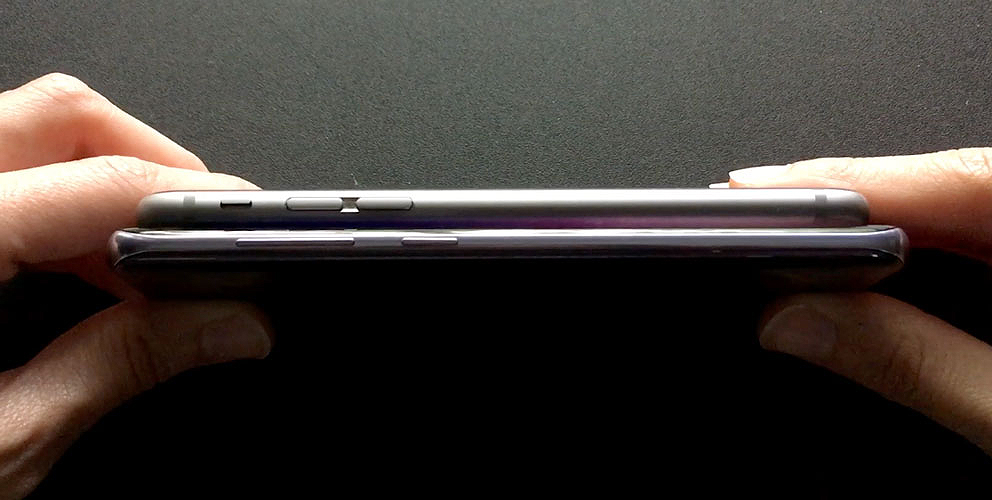
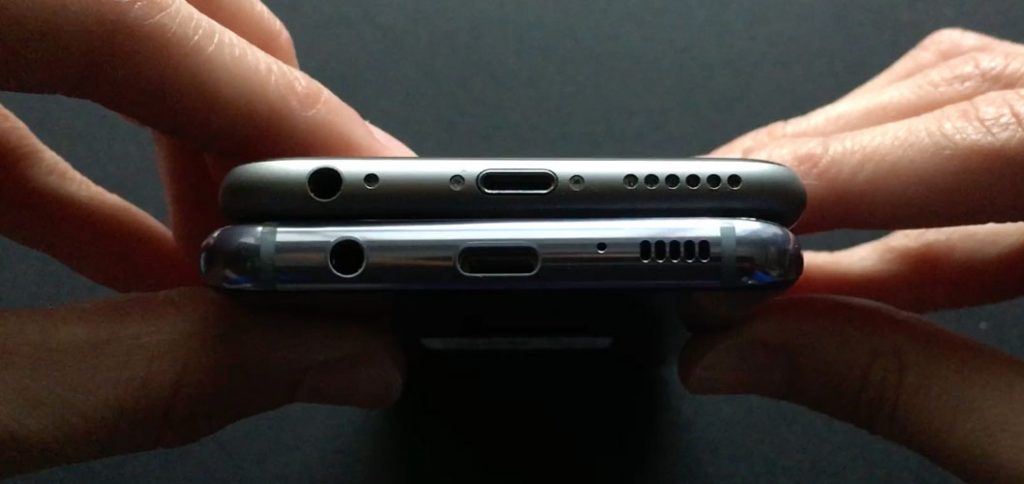
Performance
The U.S. version of the S8 has a Qualcomm Snapdragon 835 processor (other countries’ versions will have the Samsung Exynos 8895 processor). The handset I tested was excellent at multitasking and never lagged.
By default, the Android Nougat multi-window mode feature is disabled. A quick visit to the phone’s advanced features in the settings menu will have you splitting the screen and getting more out of the phone in no time.
Below you’ll see PhoneArena’s AnTuTu benchmarks for Google’s Pixel, Apple’s iPhone 7, the Huawei P10 and an AT&T LG G6 I benchmarked compared to the AT&T Samsung Galaxy S8 I used for this review.
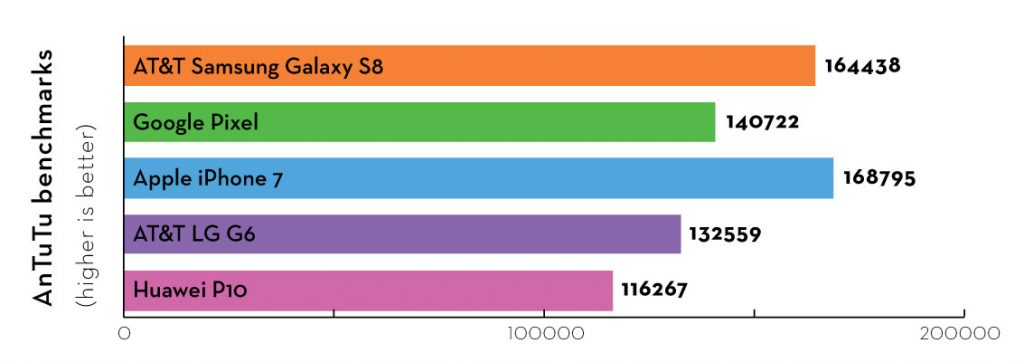
The benchmarks show the S8 leaving its fellow Android competitors in the dust, only to fall just slightly behind Apple’s iPhone 7.
Unfortunately, the S8’s fingerprint reader isn’t as speedy as the rest of the phone. Usually, when I used the sensor, I’d have to try pressing my finger to the back of the phone two or three times. Though, that’s at least partially due to me mistaking the camera for the fingerprint reader.
More often than not, I found myself using the S8’s face detection to unlock the phone. As long as there was adequate lighting, using face detection was quick and painless.
Camera
My favorite part about using the S8 was getting to shoot photos and video with the handset. Photos tended to come out looking flawless. Even in low-light, the S8’s camera was very impressive. The S8’s autofocus worked extremely well. And the S8’s ability to quickly and accurately white balance was completely refreshing. Even videos looked much more detailed than what I’m used to seeing. For reference, I normally shoot with an iPhone SE or 6S.
Here are a few quick examples of footage taken on the S8.
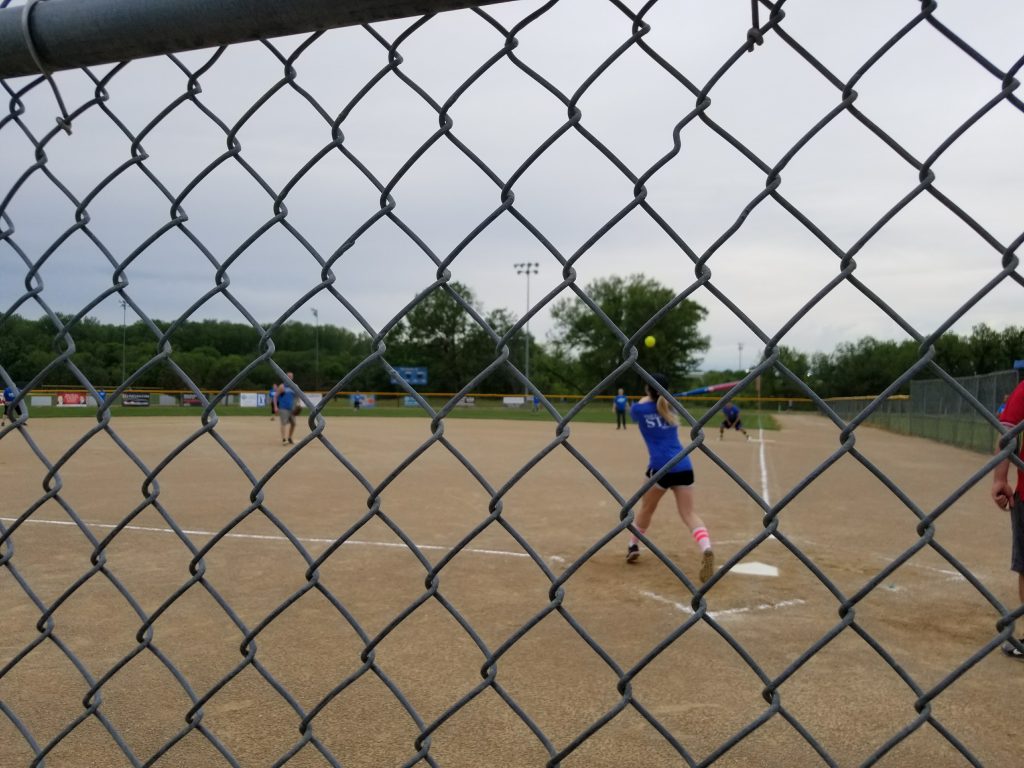

Macro

Panorama

Low-light
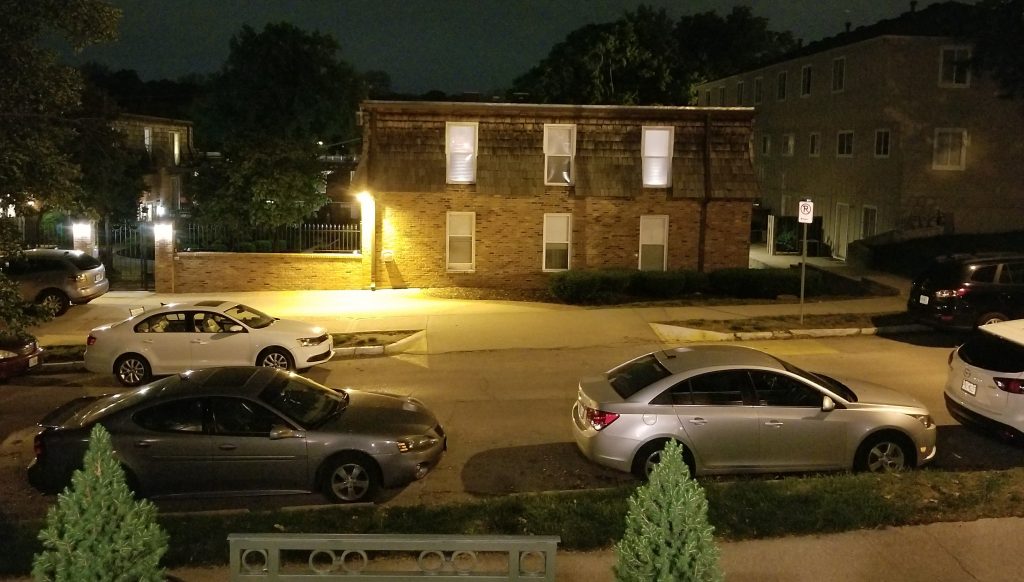
Selfie
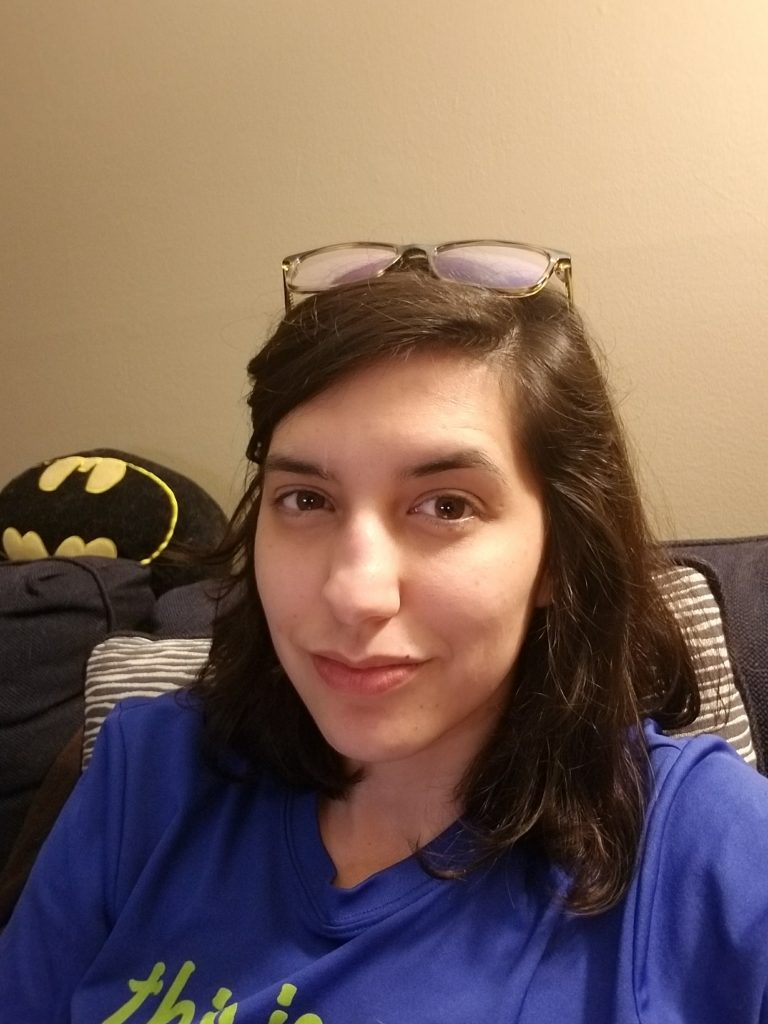
Bixby
Bixby was just an OK addition to the phone. Honestly, I could live with or without the new artificial intelligence.
The AI was most hopeful inside its Hello Bixby area, which could be found by hitting the Bixby button on the side of the phone or swiping to the left-most panel. Hello Bixby is a lot like Today View on iOS devices. In this view, users can see upcoming calendar events, trending topics on Facebook, weather, top news stories and more.
Bixby Vision, another AI application, could be useful in theory. The icon to use the feature can be found in the S8’s camera app. I only used Bixby Vision a few times to test that the feature worked — it did. For example, when I scanned a Clif Bar I was taken to a search result that showed me how I could buy more Clif Bars online. But all the while I used the S8, I never found myself needing Bixby Vision to search the web for something I was already seeing right in front of me.
Bixby Voice, which will work almost exactly how Siri does on an iPhone or how saying “OK, Google” does on a Pixel, is not ready to use yet. So, we’ll have to wait and see if Samsung’s AI will be a contender when it rolls out later this year.
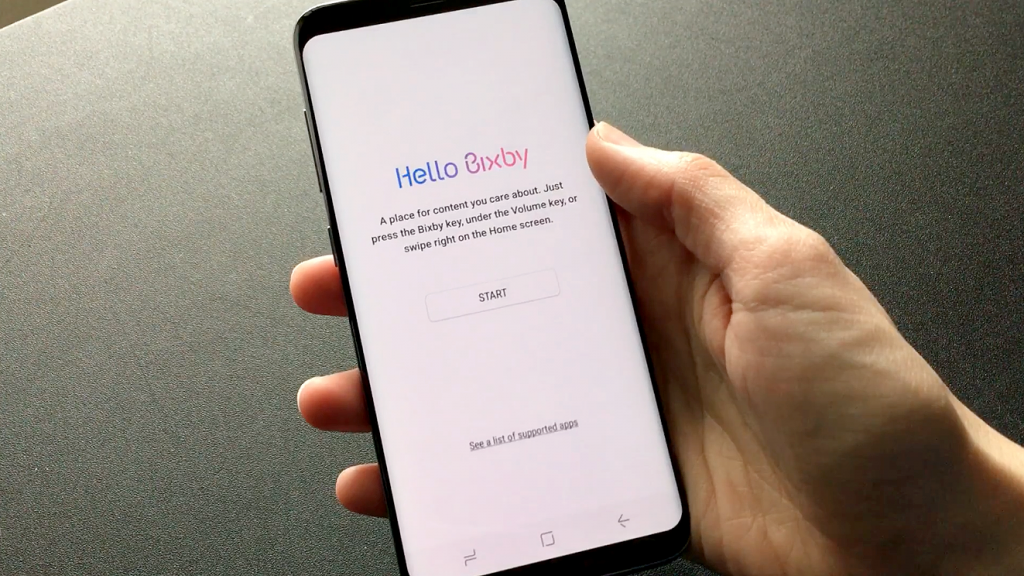
Problems
The S8’s oddly placed fingerprint scanner is easily the phone’s most annoying flaw. But this shouldn’t be a deal-breaker if you’re willing to try out the phone’s face detection feature. Obviously, though, face detection won’t work great in all situations — like when there’s little to no light in a room.
Recommend to a friend?
Absolutely. Many people know that my main handset has been an iPhone for a few years now, but the Samsung Galaxy S8 is one of the first Android phones (the other is the Google Pixel) that’s made me seriously consider switching back to Android full time.
